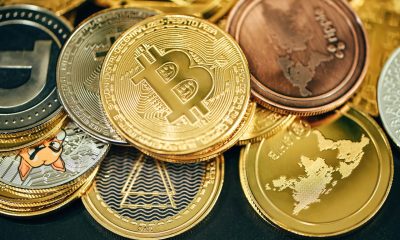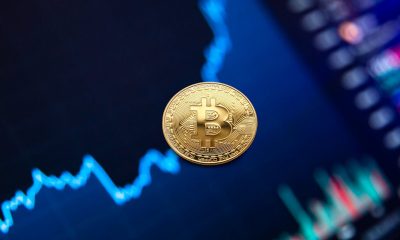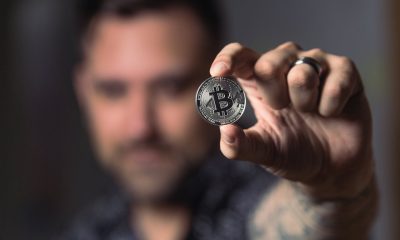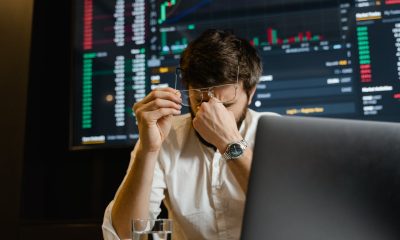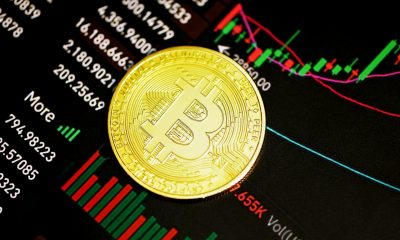Crypto
Will Bitcoin Now Break the $100,000 Mark? This Is What You Need to Know About Bitcoin Halving
The Bitcoin halving, which artificially reduces the supply of Bitcoin, historically leads to price explosions. Previous halvings resulted in price increases of over 3,000%, 25,800%, and 1,200%. However, significant price increases may not occur immediately after the event, with the most substantial impact typically observed around 400 days afterward, as analyzed by the ETC Group.
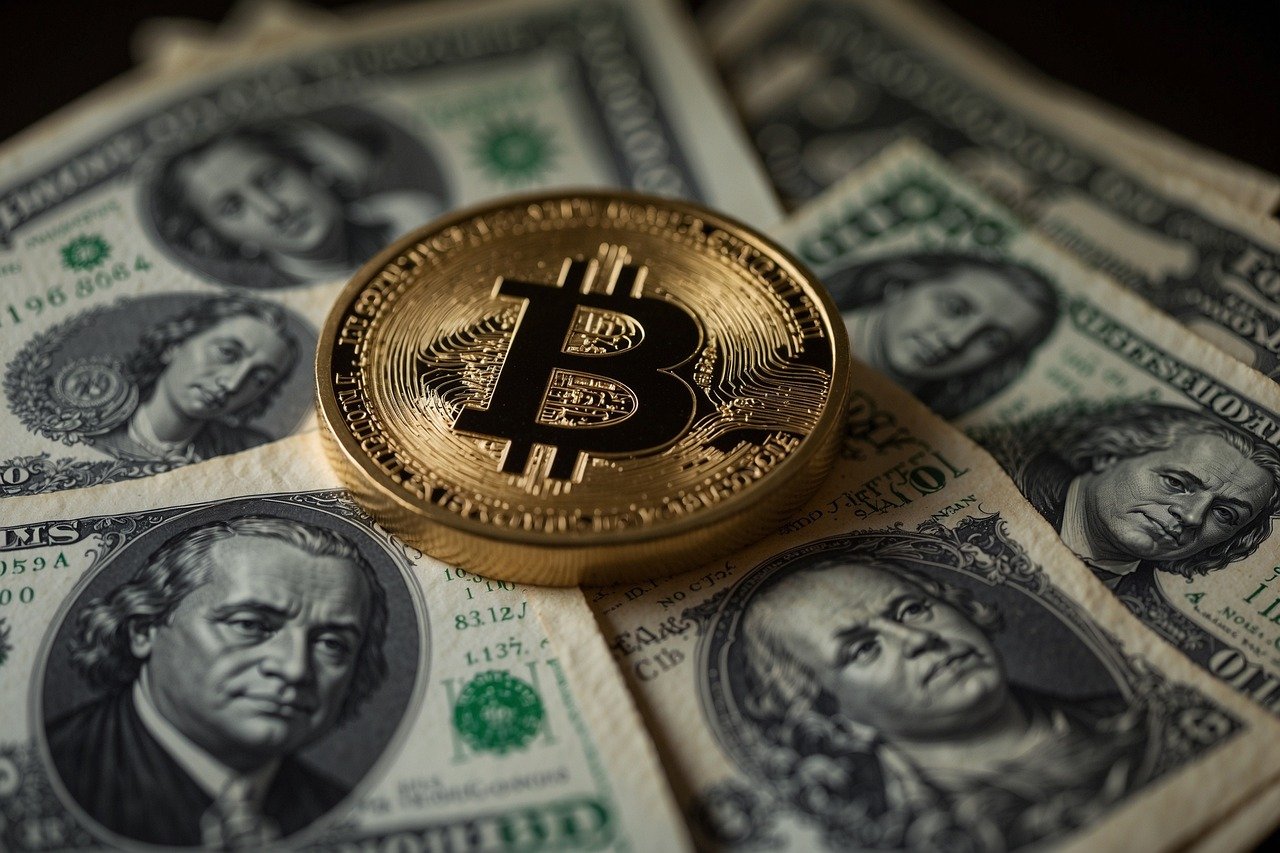
Bitcoin has returned to old highs. Now an event that has always driven up the price in the past is repeating itself: the Bitcoin halving.
At the beginning of the week, Bitcoin has its sights set on its most recent record high, which it reached a few weeks ago . As of Tuesday afternoon, the cryptocurrency was trading at $70,500. Within a few days, Bitcoin recently increased in price by almost a tenth. Bitcoin has made up for the price losses of the previous week .
“After the recent price collapse, investors are acting according to the motto ‘Buy the Dip’ and are now warming up to the Bitcoin halving,” commented Timo Emden from the analysis company Emden Research. In addition to the new Bitcoin ETFs, the aforementioned halving is seen as the price driver of the new bull market.
The countdown for this recurring event has begun, the next halving will take place around April 20th . In the past, halvings have always been a starting signal for new price gains. Optimists hope that the next halving will see the Bitcoin price jump significantly above previous record levels – and stay there.
Read more about the next Bitcoin halving and find other important business news from around the world with the Born2Invest mobile app.
What is Bitcoin Halving?
To understand the Bitcoin halving and what it means for the price of the cryptocurrency, you have to delve into the world of computer nerds. New digital coins are mined. The miners – i.e. the producers of new Bitcoins – make the computing power of their computers available to solve highly complex mathematical problems. As a reward they receive Bitcoins, the so-called block reward. They currently receive 6.25 Bitcoins for each block of data they attach to the blockchain. The blockchain is the digital data protocol in which all cryptocurrency transactions are stored.
At set times, the block reward for the miners is halved, the next time to just 3,125 digital coins. The producers of cyber currency have to work more and more efficiently so that mining continues to be profitable. A halving always takes place when 210,000 data blocks have been added to the blockchain. This happens about every four years. The fourth Bitcoin halving is expected in two weeks, on April 20th.
What is the point of the Bitcoin halving?
With the halvings, the cryptocurrency follows the script of the mysterious Bitcoin inventor Satoshi Nakamoto. He established this mechanism in the cryptocurrency algorithm. The maximum number of Bitcoins is also capped at 21 million coins. There will never be more. There are currently around 19.7 million coins in circulation. Only around the year 2140 will all Bitcoins be mined.
The idea behind it: With Bitcoin, Nakamoto wanted to create a currency without inflation. This makes the cryptocurrency different from common currencies such as the dollar or euro. While central banks can print new money at will and thus dilute its value, the digital currency is clearly limited from the start. From the perspective of convinced crypto fans, Bitcoin is therefore superior to state currencies. They think little of the monetary monopoly of the central banks ECB and Fed.
The Bitcoin halving is not only important for crypto ideologues, but also for investors who want to make profits with the assets. Because: The process artificially reduces the Bitcoin supply. If the demand for the digital currency remains at the current level or even increases, this would result in rising prices. This was recently demonstrated by the approval of the new Bitcoin ETFs . Before the fourth halving, around 900 Bitcoins were mined every day. The issuers of the index funds bought several thousand digital coins on some trading days. The result: rising prices.
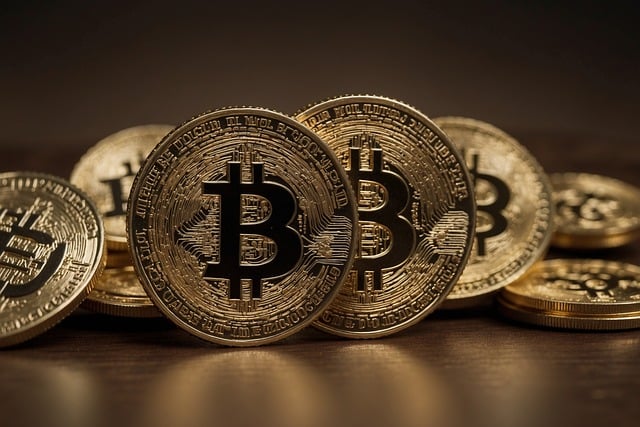
How does the halving affect the Bitcoin price?
Bitcoin can look back on a manageable history so far. It was only 15 years ago that a new asset class was created. The cryptocurrency has had three halvings since then, always with the same consequences: so far, the event has always been followed by a price explosion.
By the first halving in 2012, the Bitcoin price had increased by more than 3,000 percent. This was followed by an astronomical price increase of a good 25,800 percent until the next halving four years later. In the period between the second and third halving in the Corona year 2020, Bitcoin increased in price by around 1200 percent. Since then, the price has risen by around 700 percent – even though the digital currency had slipped into a deep crisis of confidence due to the interest rate change, the collapse of the once third-largest crypto exchange FTX and various other scandals.
However, anyone who expects prices to rise significantly immediately after the Bitcoin halving could be disappointed. And not just in the case that the price gains associated with the halving have already been priced in and the Bitcoin price will not react positively after April 20th. The Frankfurt investment house ETC Group analyzed when in the past a price difference was measurable and when it was greatest.
The result: The Bitcoin halving only affects the price after 100 days, “since the supply deficit caused by the halvings themselves only gradually widens,” said André Dragosch, who heads the research team at the BTC Group. The performance effect is usually greatest 400 days after the halving. Dragosch’s conclusion: “We conclude that it is most likely not yet priced in.” Or to put it another way: He believes that prices will continue to rise. Of course there is no guarantee. Just because prices have always risen in the past does not mean that the trend will continue.
__
(Featured image by Frank_Reppold via Pixabay)
DISCLAIMER: This article was written by a third party contributor and does not reflect the opinion of Born2Invest, its management, staff or its associates. Please review our disclaimer for more information.
This article may include forward-looking statements. These forward-looking statements generally are identified by the words “believe,” “project,” “estimate,” “become,” “plan,” “will,” and similar expressions. These forward-looking statements involve known and unknown risks as well as uncertainties, including those discussed in the following cautionary statements and elsewhere in this article and on this site. Although the Company may believe that its expectations are based on reasonable assumptions, the actual results that the Company may achieve may differ materially from any forward-looking statements, which reflect the opinions of the management of the Company only as of the date hereof. Additionally, please make sure to read these important disclosures.
First published in WirtschaftsWoche. A third-party contributor translated and adapted the articles from the originals. In case of discrepancy, the originals will prevail.
Although we made reasonable efforts to provide accurate translations, some parts may be incorrect. Born2Invest assumes no responsibility for errors, omissions or ambiguities in the translations provided on this website. Any person or entity relying on translated content does so at their own risk. Born2Invest is not responsible for losses caused by such reliance on the accuracy or reliability of translated information. If you wish to report an error or inaccuracy in the translation, we encourage you to contact us

-

 Fintech4 days ago
Fintech4 days agoRobinhood Expands to Europe with Tokenized Stocks and Perpetual Futures
-

 Business2 weeks ago
Business2 weeks agoAmerica’s Debt Spiral: A $67 Trillion Reckoning Looms by 2035
-

 Crowdfunding1 week ago
Crowdfunding1 week agoTasty Life Raises €700,000 to Expand Pedol Brand and Launch Food-Tech Innovation
-

 Cannabis4 days ago
Cannabis4 days agoCannabis Clubs Approved in Hesse as Youth Interest in Cannabis Declines


